[box type = ”info”] Clément Oudart, sports physiotherapist in Paris, involved in prevention and treatment within the French Table Tennis Federation. Manages the “health” column of Padel Magazine. Understand and manage pathologies related to Padel thanks to Clément Oudart. [/ box]
Clément Oudart offers you a focus on the ankle at padel and one of the most frequent traumatic pathologies: lateral ankle sprain.
17% of the wounded have this sprain
If you play padel and you injure yourself, you have a 17% bad luck of having a sprained ankle.
What is this ?
A sprained ankle is the stretching or rupture of the lateral ligament of the ankle. (2)
This ligament consists of 3 bundles. (1)
Most of the time, the front beam is affected. The more serious the injury, the more the other beams may be involved.
The inversion mechanism
This results from an inversion mechanism: the foot goes in and therefore comes to tension the ligament.
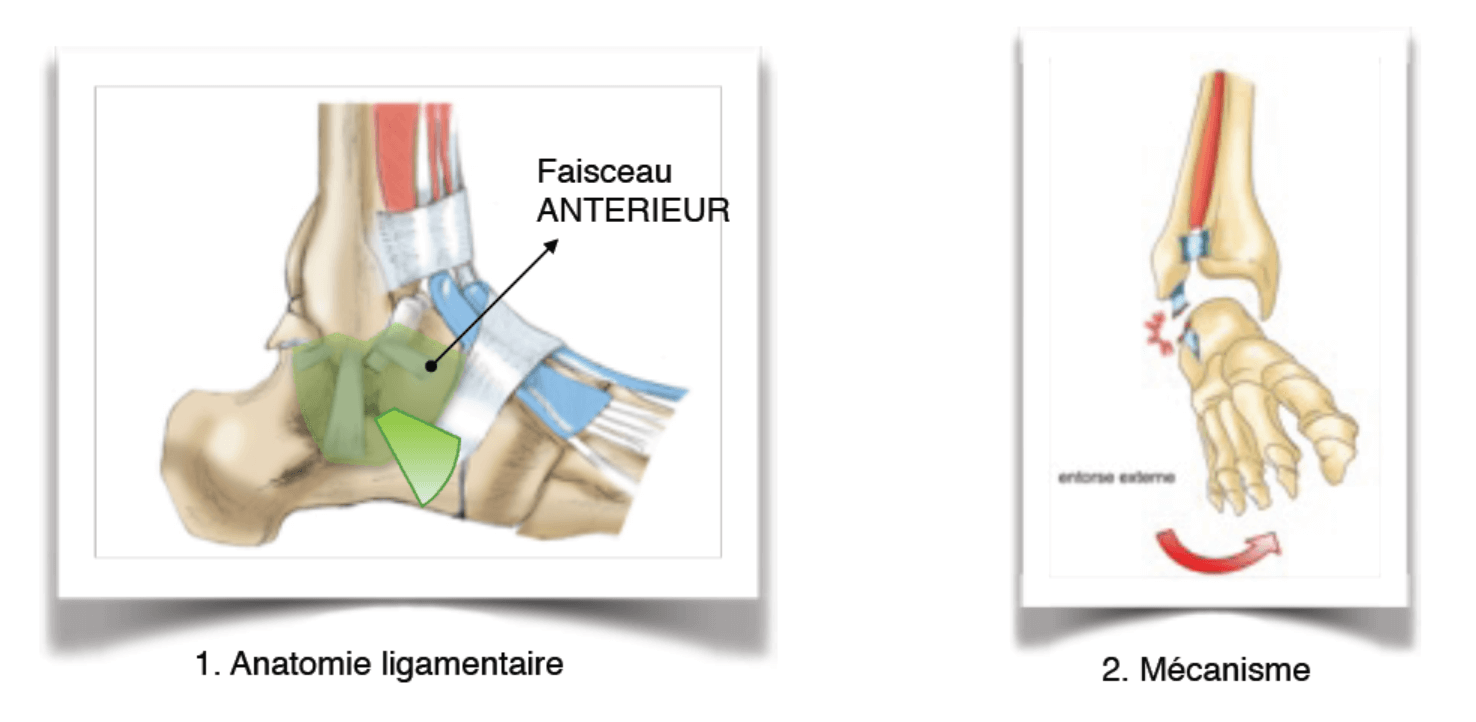
Au padel, the moments at risk are especially slips and landings. But injuries can also be caused either against the glass or on the foot of his partner.
The treatment
Depending on the severity the treatment will vary. This can range from simple physiotherapy, to immobilization or even surgery.
The PRICE protocol should be applied as soon as possible (Protection / Rest / Ice / Compression / Elevation).
More concretely, it is necessary to compress, to glaze, to authorize the support according to the pain, to put at rest, and to put in elevation.
The urgency is to limit the appearance of swelling.
It is therefore necessary to compress and ice as quickly as possible. Then consult a health professional able to treat this type of injury. Additional examinations may be indicated.
Namely: the radio is not automatic. It is useful to rule out more serious pathologies such as bone fracture / tearing.
Other possible injuries in this area:
- Rupture of the Achilles tendon,
- Rupture of the plantar fascia,
- Fracture and / or bone removal,
- Tendon dislocation,
- Complete rupture of the ligament system.
When are we playing again?
Once these pathologies are removed and the diagnosis is validated the first question of the player is " when will I be able to replay ? ".
The gravity is established and validated from the 3e day. It can be done on ultrasound. However clinical signs are essential to define the date of return to the field.
Classically the recovery time after an ankle sprain is from a few days to several weeks. (from simple elongation to total tear)
During healing, the main areas of reeducation work over time are:
- Decreased swelling and hematoma
- Recovery of joint amplitudes
- Recovery of muscle and proprioceptive quality.
The return to the field for a classical patient must be done with optimal muscle and proprioceptive quality.
Proprioception?
Proprioception is the automatic and unconscious perception of the body, limbs, their position and movement in space. When the ligament is affected it causes the appearance of muscle weakness, a decrease in proprioception and compensations.
The ankle has a peculiarity, the time of injury of the ligament is less than the reaction time of the muscles preventing the sprain. This means that the ankle muscles work in anticipation and not in reaction. This peculiarity has its consequence in the muscular work of recovery. We must learn the ankle to anticipate and not react.
In the absence of appropriate treatment, the risks are: Persistence of pain Risk of recurrence Chronic instability. And therefore a decrease in performance.
How to minimize the risk?
With the help of an optimal muscular and proprioceptive quality BIS and a warm-up to awaken the incriminating musculature.
Here is a list of exercises to introduce in the warm-ups to strengthen and prepare your ankle to play:
- Reception work - being able to use musculature to control reception.
- Propulsion quality work - be able to trigger using the foot muscles and the
ankle.
These two qualities will make it possible to acquire quality rebound (to receive and to revive quickly) in
adding the speed component needed for performance.
- Balance work using the compensations at the ankle.
- Educational work of foot and foot-specific musculature (without a good footing efficiency is
decreases)
These qualities can be worked in different ways, using unstable plan, scale of
rhythm or even directly on the ground and so on.

During a simple warm-up, a work on flat ground with shoes is enough .. These tools are interesting during the rehabilitation or during a specific physical preparation.
It is therefore important to wake your ankle to minimize the risk of injury.
Preventive work of physical preparation can be done also to avoid the injury but also
to increase physical performance.
But again, the injury is a rare event. So do not focus on it.
Warm up well to get the most out of your sport.
For any questions and remarks, do not hesitate to contact me
See you soon and good Padel.
Clément Oudart - clementoudart @padelmagazine.fr
Clément Oudard is our medical expert. Physiotherapist and passionate about padel, Clément lets you learn about how to train off the pitch… And we know how important it is to last in sport.




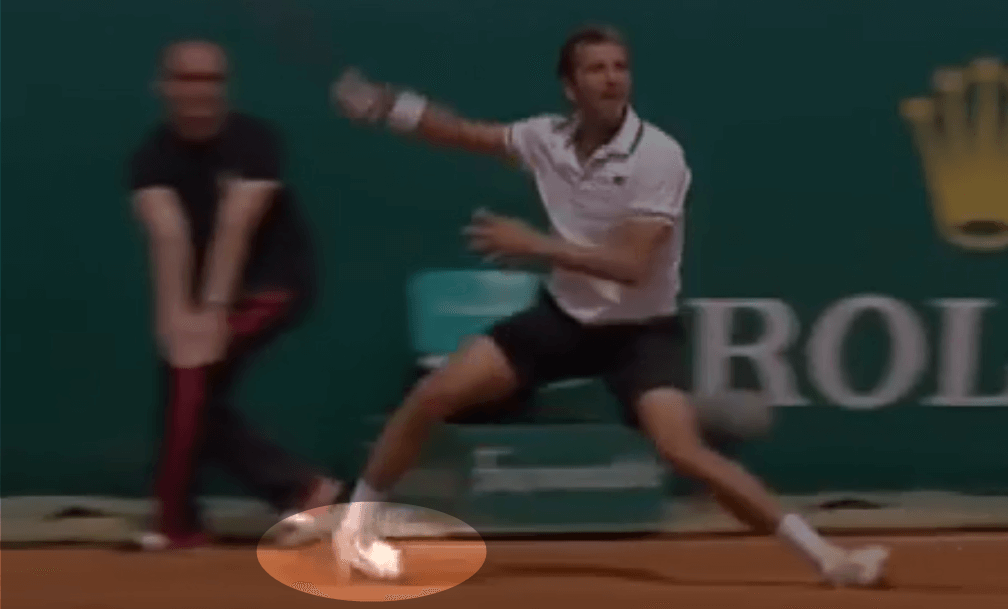











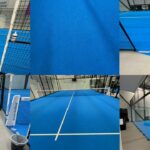


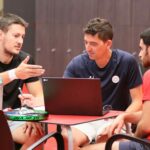

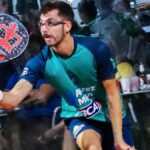
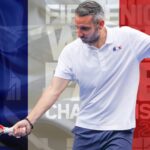














































































 Padel Score comes to Tahiti for American Express Padel Cup!
Padel Score comes to Tahiti for American Express Padel Cup! Do you know the Rafa Nadal Academy Tour?
Do you know the Rafa Nadal Academy Tour? At the heart of padel – Episode 25: Paul and Andoni answer your questions
At the heart of padel – Episode 25: Paul and Andoni answer your questions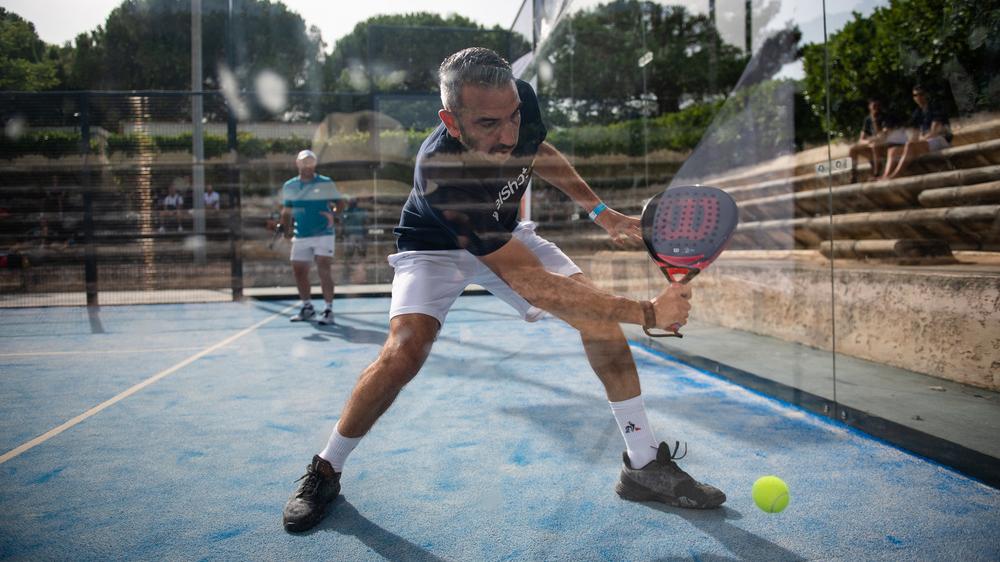 Simon Boissé: “We know that there are two nations in front of us”
Simon Boissé: “We know that there are two nations in front of us” Marie Maligo: “This period of frequent changes of partners was beneficial for me”
Marie Maligo: “This period of frequent changes of partners was beneficial for me”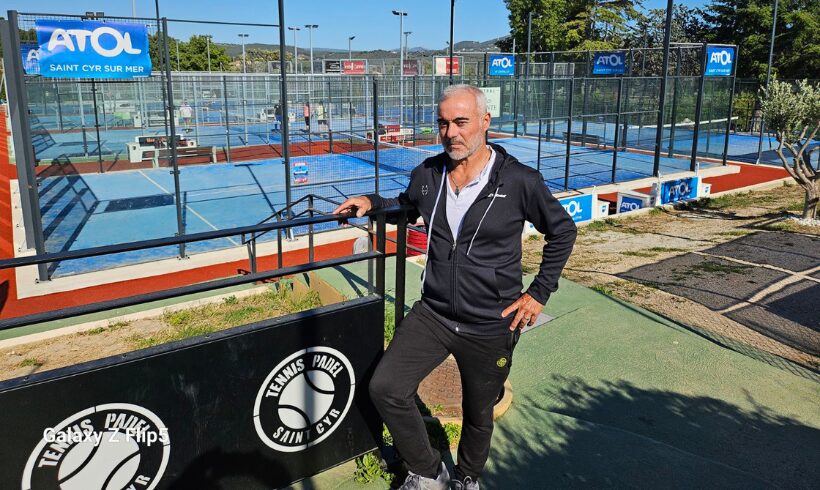 Alain Idier: “Adding tracks of padel, without sacrificing tennis”
Alain Idier: “Adding tracks of padel, without sacrificing tennis”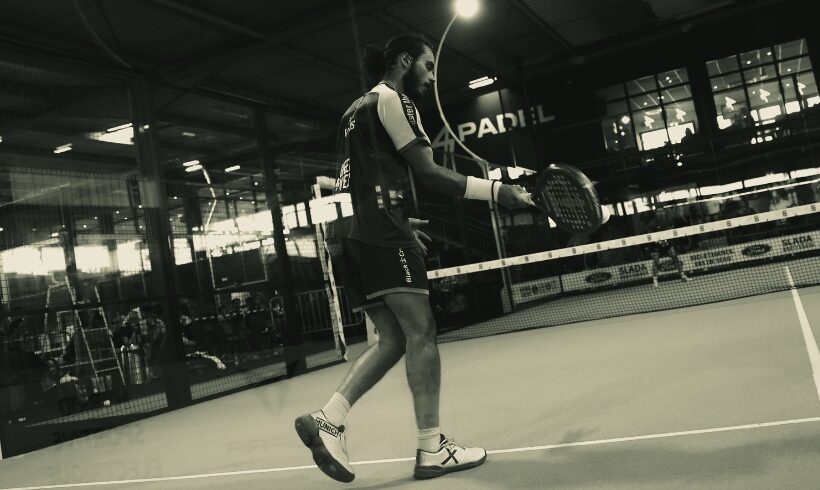 Manuel Vives: “It’s extremely difficult to get by financially”
Manuel Vives: “It’s extremely difficult to get by financially”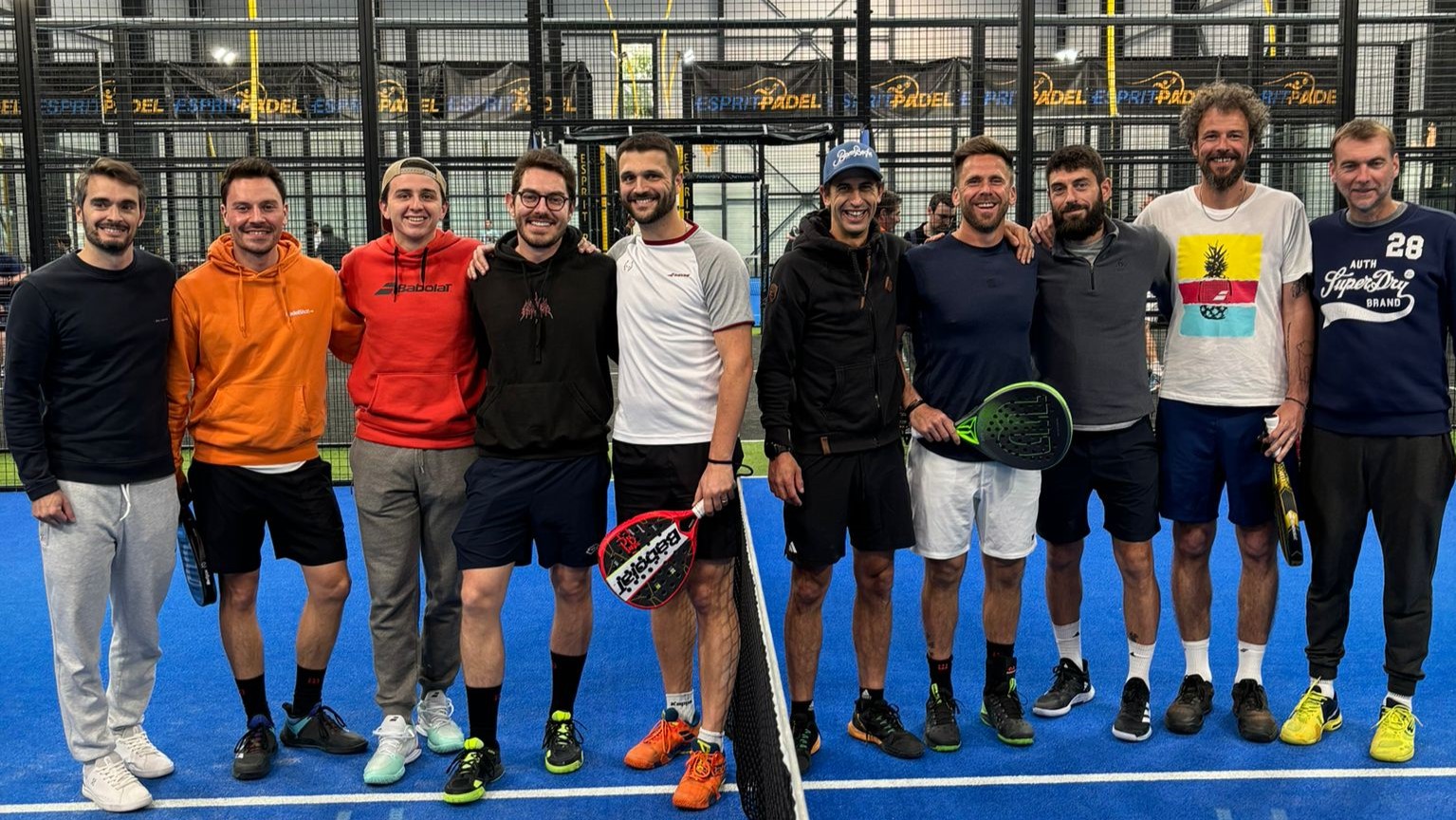 Mind Padel Lyon and the Auvergne Rhône-Alpes League innovate with team tournaments
Mind Padel Lyon and the Auvergne Rhône-Alpes League innovate with team tournaments Simon Boissé: “We know that there are two nations in front of us”
Simon Boissé: “We know that there are two nations in front of us”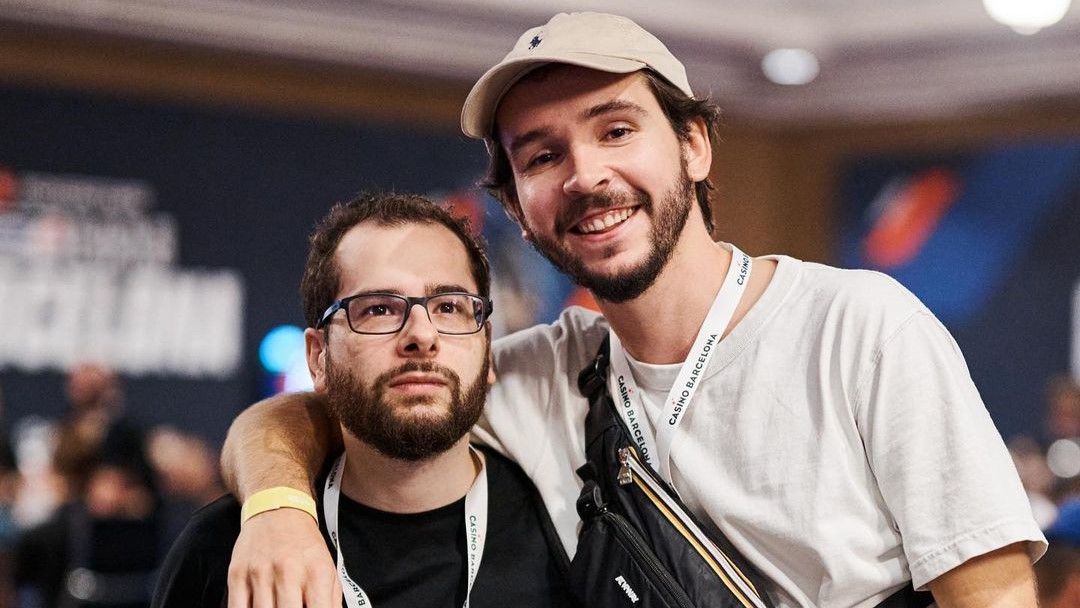 Team PAX (Domingo / Xari) returns to victory
Team PAX (Domingo / Xari) returns to victory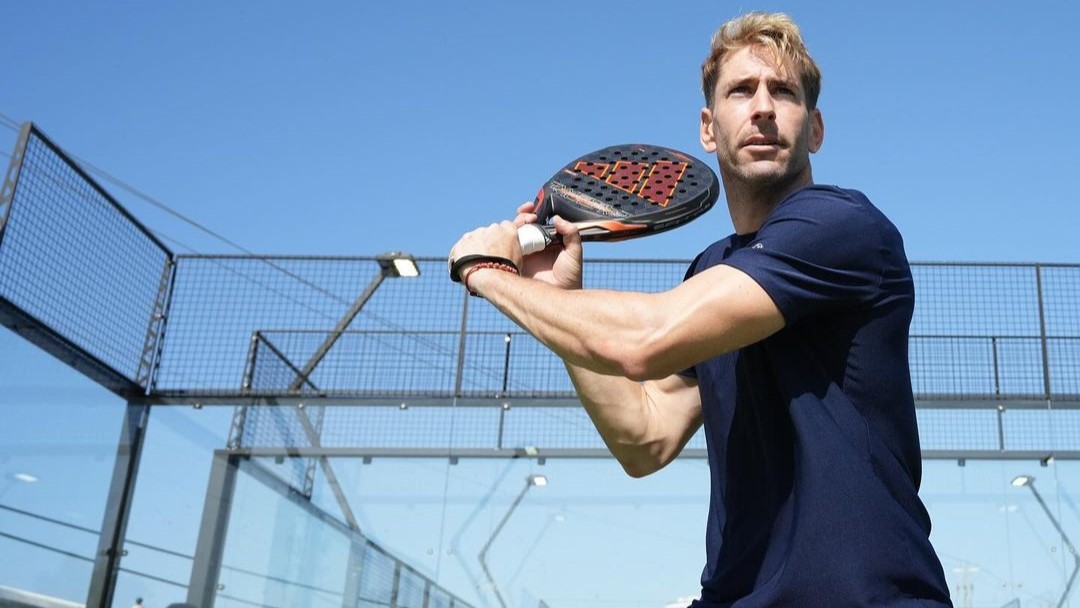 Alex Ruiz: “Finding joy again with Momo”
Alex Ruiz: “Finding joy again with Momo”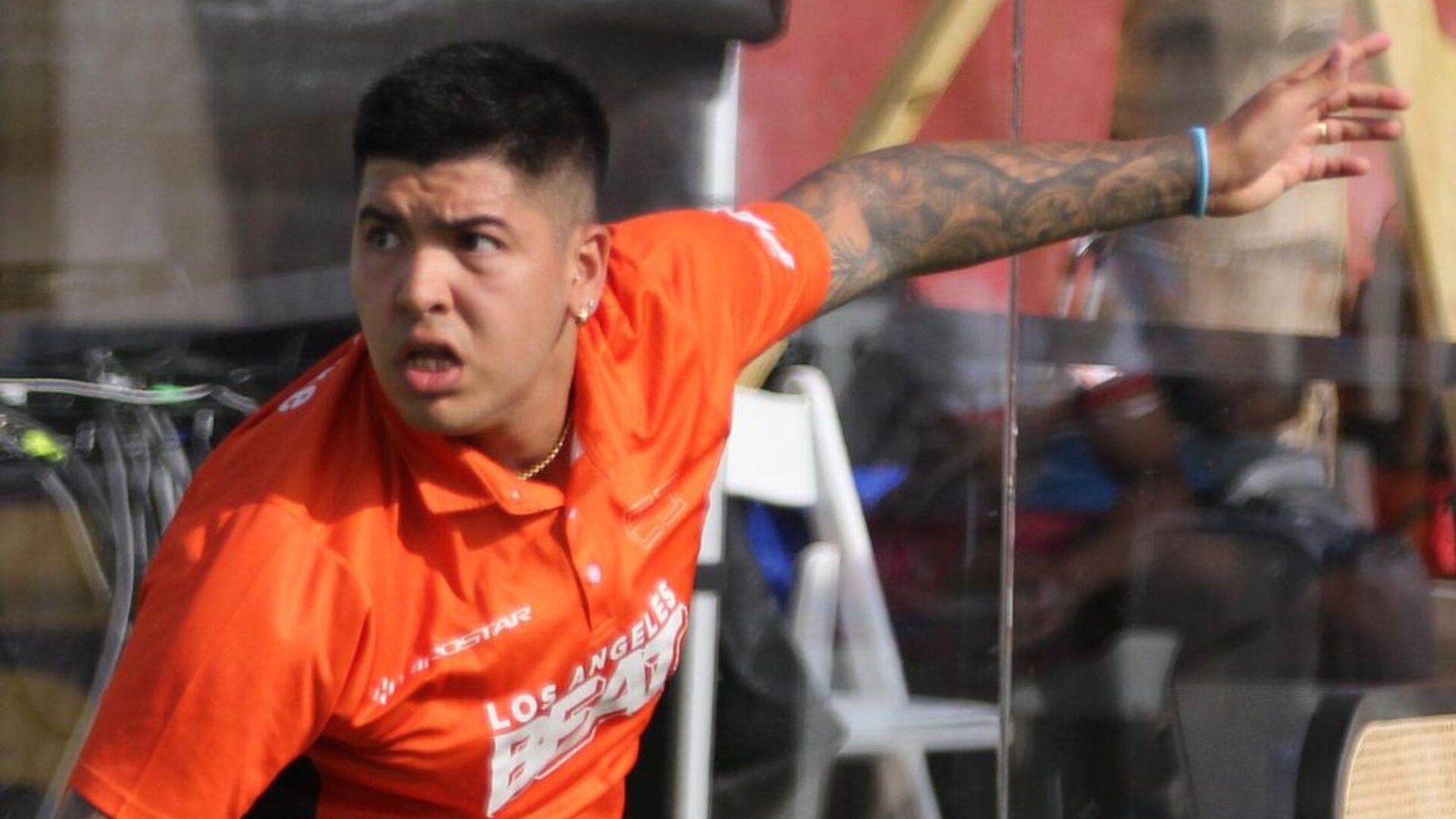 Nerone: “Tolito is not a normal player”
Nerone: “Tolito is not a normal player” P2 Brussels – Like a new school year!
P2 Brussels – Like a new school year! Play at padel on his yacht? Possible for €233.000!
Play at padel on his yacht? Possible for €233.000!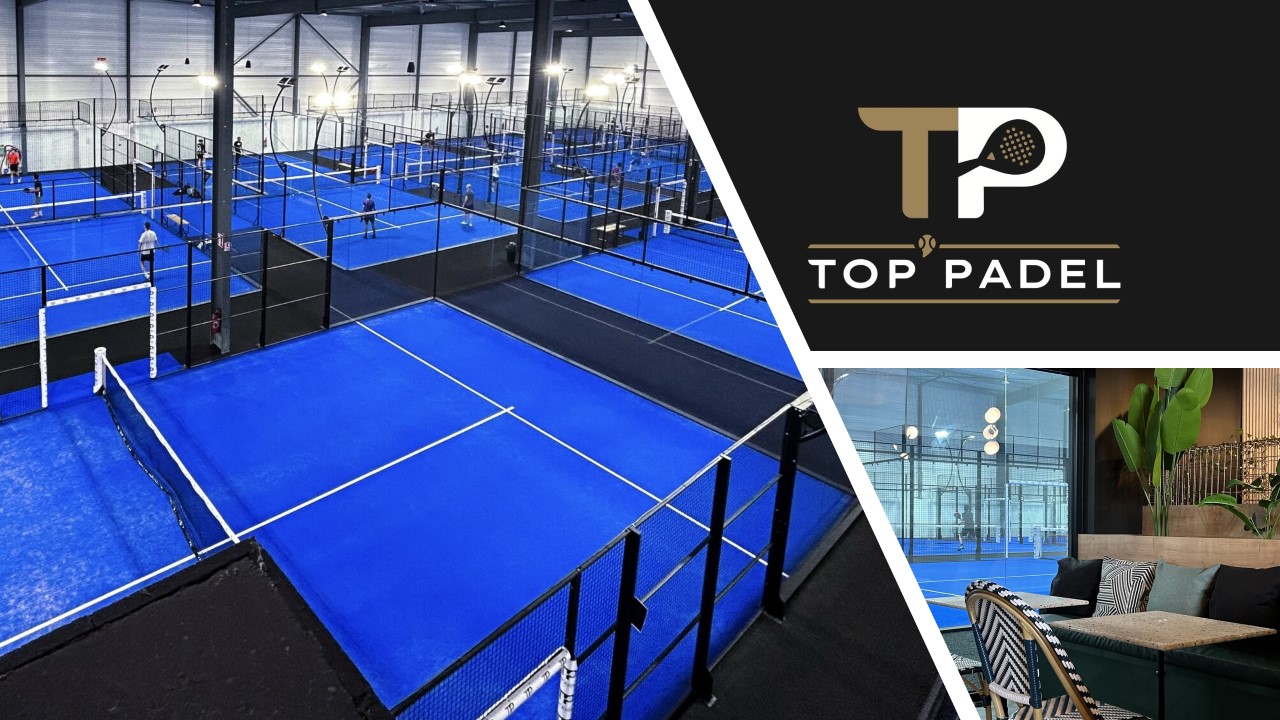 TOP Padel : “A premium club with 10 slopes in Toulouse”
TOP Padel : “A premium club with 10 slopes in Toulouse” At the heart of padel – Episode 25: Paul and Andoni answer your questions
At the heart of padel – Episode 25: Paul and Andoni answer your questions Tactical padel – What to do when faced with players who systematically stay at the bottom?
Tactical padel – What to do when faced with players who systematically stay at the bottom? The basic tactics of padel
The basic tactics of padel A par 4 is always a winner...even if you manage to defend it!
A par 4 is always a winner...even if you manage to defend it! At the heart of padel – Episode 23: defend the window well
At the heart of padel – Episode 23: defend the window well Prohibition on playing topless Padel : the reasons
Prohibition on playing topless Padel : the reasons FIP Tour – Going far from Europe, THE strategy to earn points!
FIP Tour – Going far from Europe, THE strategy to earn points! What is a good football player? padel ?
What is a good football player? padel ? “Lefties give me headaches when I play against them!”
“Lefties give me headaches when I play against them!” At the heart of padel – Episode 14: how to earn points in winter?
At the heart of padel – Episode 14: how to earn points in winter? Carbon fiber VS fiberglass: what to choose?
Carbon fiber VS fiberglass: what to choose? How to effectively test a racket padel ?
How to effectively test a racket padel ? La padel to fight Parkinson's disease
La padel to fight Parkinson's disease Don't play with a cracked or broken racket, your body will thank you!
Don't play with a cracked or broken racket, your body will thank you! Michel Cymes: “The padel, physically, it’s serious!”
Michel Cymes: “The padel, physically, it’s serious!” Jeremy Gala: “Promote the padel among young people in Belgium remains a challenge”
Jeremy Gala: “Promote the padel among young people in Belgium remains a challenge” The French Touch Academy organizes its selection day Padel-Study
The French Touch Academy organizes its selection day Padel-Study Report on the detection and training of younger generations
Report on the detection and training of younger generations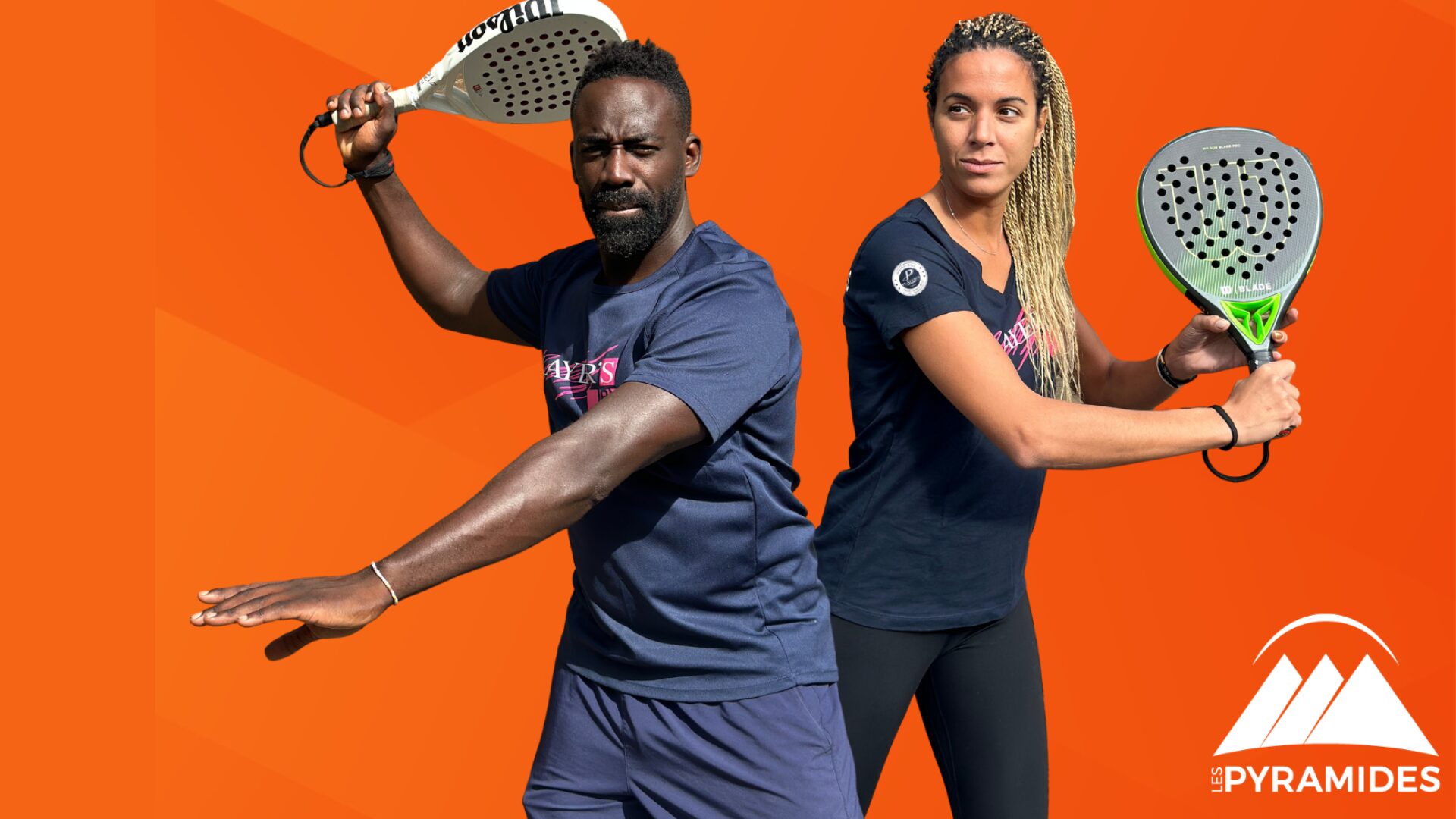 Player's adult courses from April 8 to 21, 2024!
Player's adult courses from April 8 to 21, 2024!